I was born and raised in Florida and lived there until I was 21. Between the weather and the somewhat isolated nature of the state, winter sports like ski lessons are out of reach for many Floridians. In fact, I didn’t really see snow until I was 20 and took a trip to Colorado for spring break. Ten years and multiple moves later, I can probably count on both hands the number of times I’ve been in snow.
Suffice to say, I didn’t have an opportunity to learn to ski, snowboard or ice skate when I was young. After moving out west, it seemed like everyone I met had at least taken ski lessons. I started to mull it over, wondering if skiing could be for me. Around 2018, I started thinking “maybe this winter…”. This thought occurred just about every year until the opportunity finally presented itself this winter during a trip to Seattle.
At the ripe old age of 30, I found myself on Mt. Rainier in Washington state, in the snow. I was holding a pair of rented skis, mentally preparing for my first ever ski lesson and slightly wondering what I’d gotten myself into.
That day, as I fell over and over again into the snow because that was the only way I could figure out how to stop, I started thinking about the things I wished someone had told me before I took my first ski lesson.
If you’re considering a trip out to the mountains to strap on some winter gear and pray, here are some things I wished I’d known before I decided to do the same.
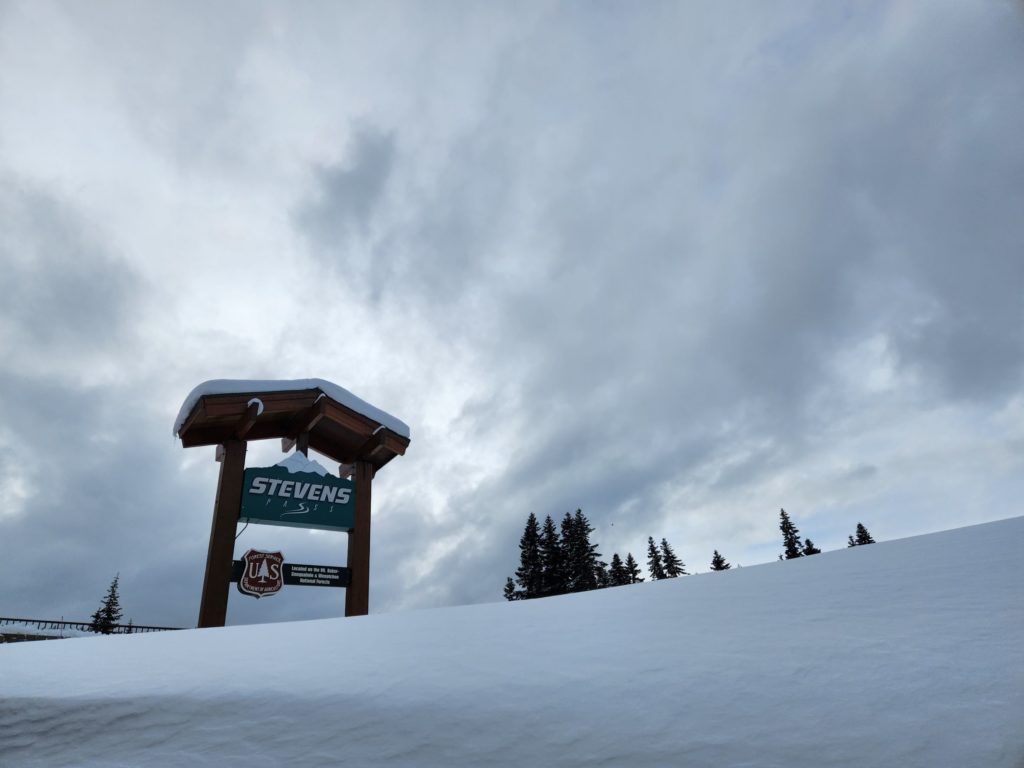
1) Ski boots are heavy and uncomfortable
The first clue that I was unprepared for what was to come came when I strapped on my ski boots. I was completely unprepared for the pressure and discomfort. Once they were on, walking around in them felt so difficult. I expected the skis themselves to feel unwieldy and unnatural, but the boots were a surprise. It apparently takes time to adjust to the boots. Consider getting someone who knows what they’re doing to help you put them on for the first time.
No one helped size me, so I asked for my typical shoe size for the boots at first. It turned out that was too small, and I had to go up one size. I’m not sure if that’s the usual experience, but be aware you may need to size up.
2) You must stay in an active stance most of the time
Between the slickness of the snow and the fit of the boots, you will be standing in an active stance most of the time. Even when you’re standing still, if you’re on any sort of incline, you will have to dig your skis into the snow to keep from sliding. In the learning area at Stevens Pass, it felt like I was almost always on a bit of an incline. The boots actually make this easier because of the way they fit around your shins. Be prepared to keep your muscles engaged for most of the day.
3) Adrenaline from falling down a mountain may be compounded by the fear of hitting people (or running into trees)
Before taking my ski lesson, I knew I’d feel intense adrenaline from the act of sliding down a snowy slope. However, I wasn’t prepared for the fear of hitting other skiers and/or falling off the path and into the trees. For most of the day, I couldn’t figure out how to stop myself once I got going. If it seemed like I might run into anyone remotely near me, I would freak out about hitting them and make myself fall over to stop from doing so. (This method is, apparently, not recommended.) This combination resulted in an adrenaline overload at times that I wasn’t expecting.
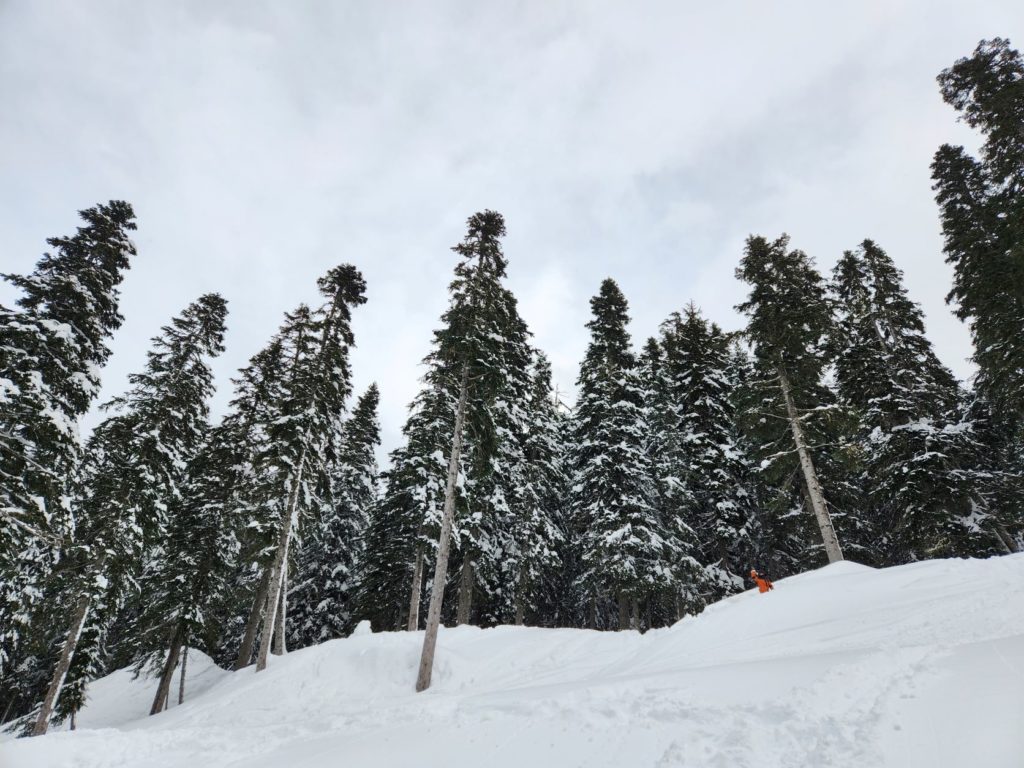
4) Consider a private lesson if you’re alone (and unathletic)
People often assume I’m athletic just because I like to hike and do other relatively athletic things sometimes. However, I am not naturally athletic at all. In fact, it takes me at least twice as long as the average adult to pick up on any new athletic activity. I just can’t figure out how to make my body move the right way when I first try something new. I always go into these activities prepared to go more slowly than everyone else, and it’s normally fine. Sometimes, I even consider it my role to help people feel better about their own performance.
However, in a group ski lesson, it turns the weakest link can really hold the group back. Nearly everyone else in my group was actually really good. Half the group was made up of people who had already been snowboarding for five years, and skiing seemed to come second nature. The others in my group had been on skis at least once before (even though the lesson said “first time on skis”). I think the lesson could have moved along more quickly with more opportunity for additional instruction and chances to go down the learning slope without me holding it back. Because I didn’t go with anyone else I knew personally for the lesson, I think a private lesson with instruction geared towards a complete unathletic novice like myself might have been a better experience.
5) Setting a positive intention for the lesson is helpful
Going into my lesson, I knew it would be hard for me. I wanted to keep a positive attitude as much as possible during the lesson, but it didn’t occur to me to set a positive intention and mantra until after the lesson started. I started telling myself that it was good to do things that were hard for you, and that it’s good to be bad at things. The only way to learn and grow is to try new things. Holding onto this positive self-talk helped me avoid giving up, which I considered a few times. I only wish I’d thought about it more before the lesson began.
6) Get back on your skis after lunch and don’t give up!
Depending on the ski resort, you might have either a half- or full-day lesson. Stevens Pass only offers a half-day adult lesson, and I signed up for one in the morning. By lunchtime, the lesson was over, and I was ready to take off my skis, possibly for good. I met up with my partner who had been skiing down real slopes, and we ate and talked about the lesson. He encouraged me to give it another try.
By this point, my ski boots were slightly more comfortable. I decided I didn’t want to give up yet. I put my skis back on, which felt slightly less unnatural than they had in the first half of the day. We went back to the top of the learning slope, and I skied until I could go down without falling and could make myself stop on purpose. For a non-athlete, I think I ended up doing a pretty good job by the end of the day! I was very glad I didn’t give up at lunch time.
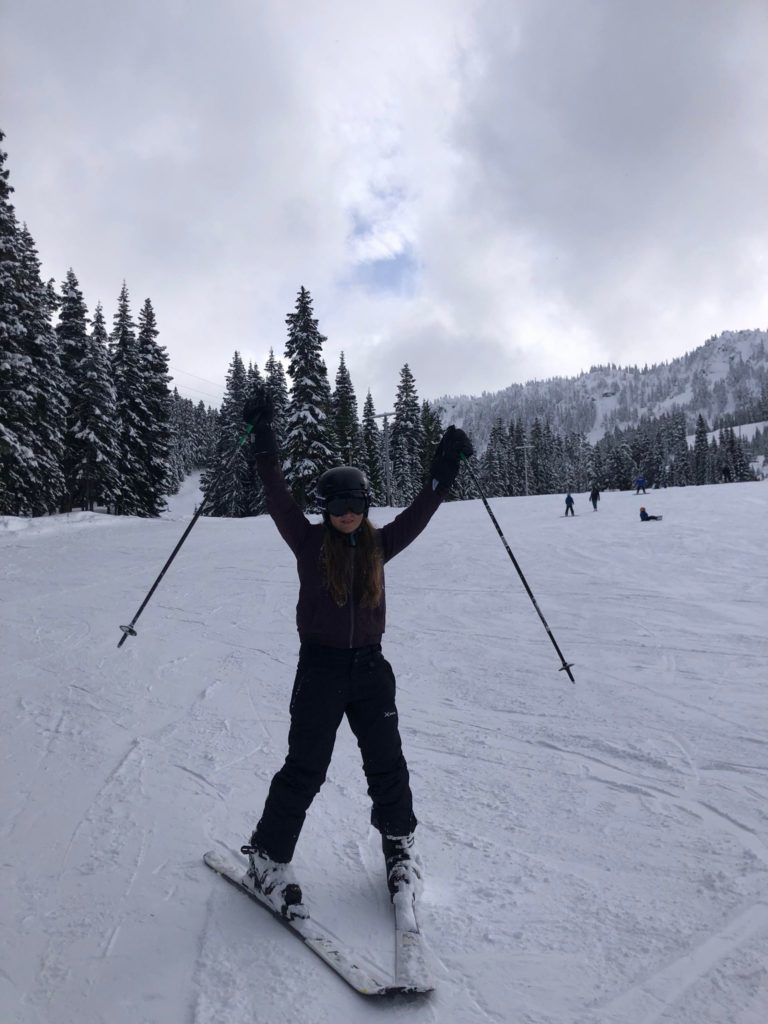
Additional Information for Ski Lessons:
If you want to take a ski lesson, here are more details on how I did it:
I took the lesson at Stevens Pass on Mount Rainier in Washington State. It’s about a 90-minute drive from Seattle and is open from about mid-November to March or early April. Timing can vary depending on the weather each year.
Stevens Pass is very busy on the weekends. I’d recommend getting there before 9 a.m., if possible. If you’re taking a lesson, they’ll recommend arriving at least 90 minutes early to park and get your equipment. We parked about an hour before the lesson, and I just barely got to it on time.
To ski at Stevens Pass, you can sign up for the Epic Pass, which will give you access at resorts across the US, Canada, Japan and Europe. A half-day lesson that included rental equipment was about $200, but I think it’s cheaper if you actually sign up for the Epic Pass (assuming you plan to go multiple times in a season). You can rent the equipment all day from 9 a.m. to 10 p.m., so you can definitely get your money’s worth.
I brought protein bars, but they weren’t really necessary. Assuming you have breakfast and a small lunch, you should be able to last the day without needing snacks. However, bringing water bottles can be helpful.
Would I take another ski lesson?
By now, you may be wondering if I’d try skiing again, and the answer is yes. I think it would be beneficial for me to continue working on something that is still pretty uncomfortable for me and also has the potential to eventually be very fun. Have you tried skiing? What did you think?

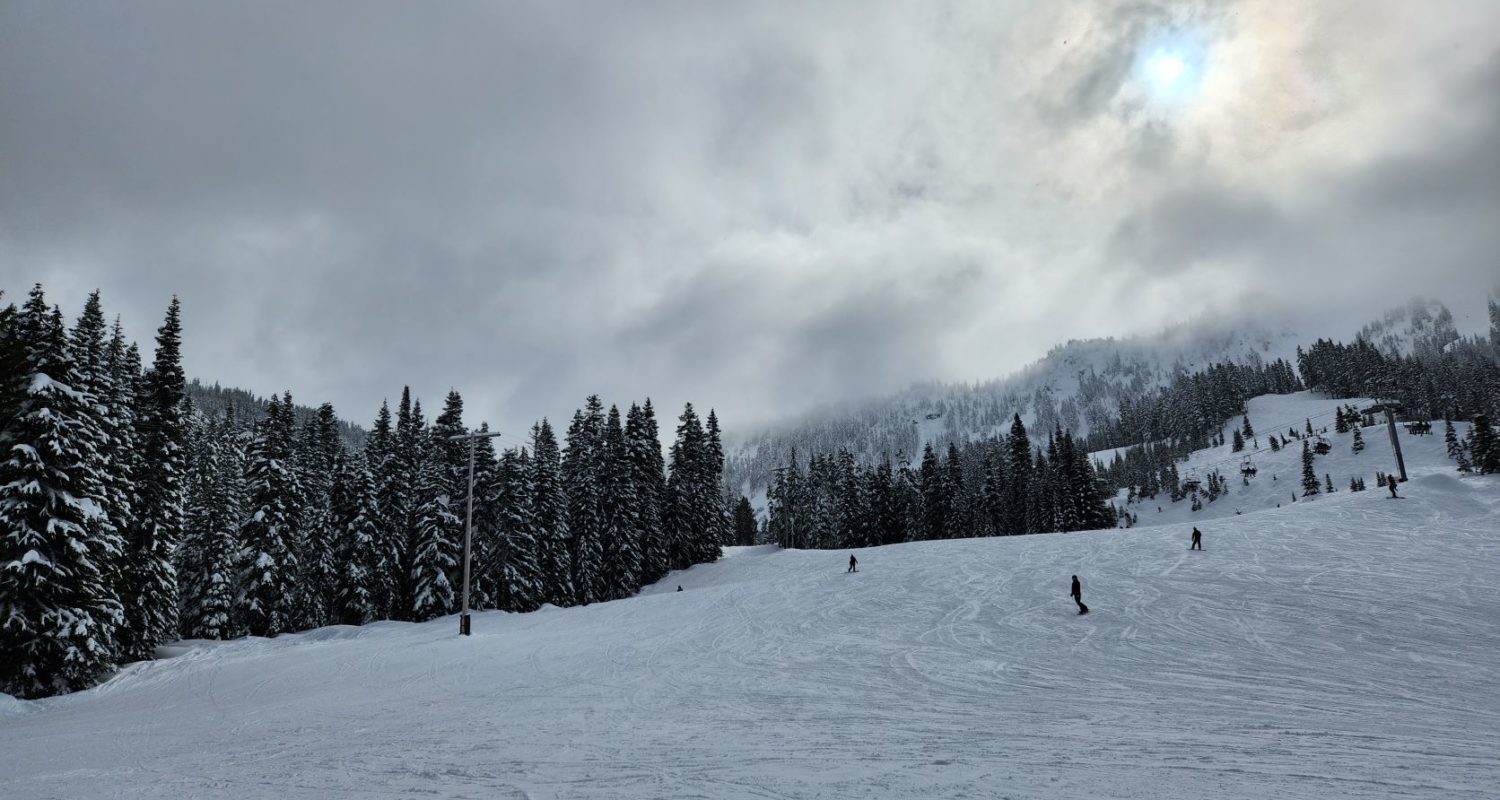
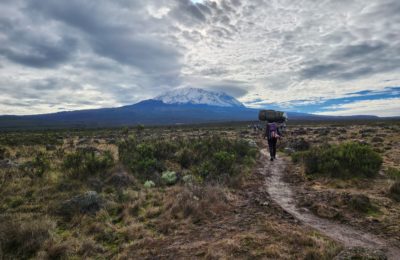
One thought on “First Ski Lesson: What I Wish I Knew Beforehand”